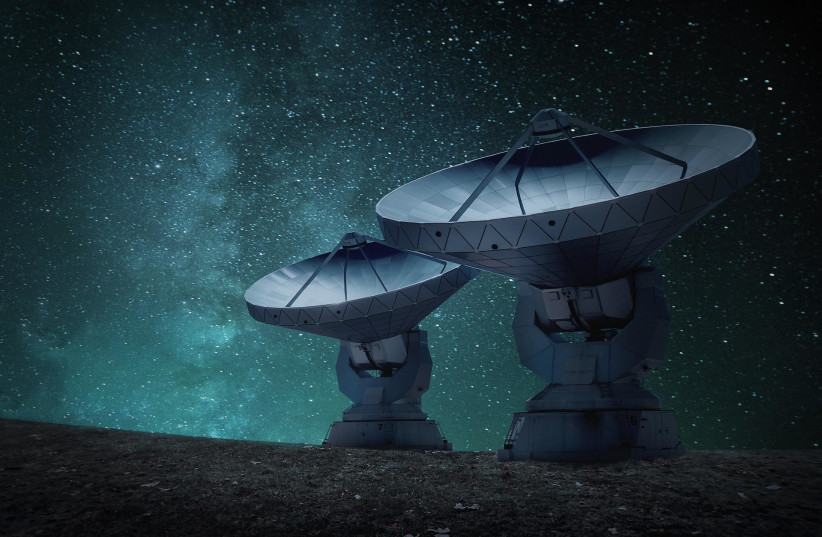Scientists have managed to discover a new mysterious burst of radio waves from space, known as a fast radio burst (FRB) that is raising new questions.
The findings surrounding this mysterious phenomenon designated FRB 190520 were published Wednesday in a study in the peer-reviewed academic journal Nature.
<br>What are FRBs?
FRBs are a phenomenon in the field of radio astronomy that refers to a very short burst of radio pulse associated with the release of a very large amount of energy.
What causes them is unknown, though it seems to be a high-energy astrophysical process of some sort.

What is known is that the average FRB, despite being very short by lasting from a fraction of a millisecond to a few milliseconds (a millisecond is one one-thousandth of a second), releases as much energy per millisecond as our sun releases in three days.
This field of study is still relatively new, with the first FRB having been discovered in 2007.
Several FRBs have been discovered since then, but some are especially strange. One of these, in particular, FRB 180916, pulsates on a regular basis every 16.35 days.
Another FRB that is particularly noteworthy is FRB 121102. Discovered in 2016, this radio burst was a major breakthrough in the field of study because its location was pinpointed.
At the time, researchers, writing in articles in Nature and the Astrophysical Journal Letters, wrote that it had originated from a dwarf galaxy over three billion light-years from Earth.
<br>The new FRB
What makes this new mysterious FRB so interesting is that it, too, was able to be pinpointed.
FRB 190520 was first identified by a five-hundred-meter Aperture Spherical radio Telescope (FAST) in China in November 2019, with the burst itself having taken place on May 20 of that year.
Scientists made use of other telescopes, such as the National Science Foundation’s Karl G. Jansky Very Large Array (VLA), to better study FRB 190520.
In 2020, VLA observations were able to pinpoint its location. Then, using the Subaru telescope in Hawaii, they were able to pinpoint its origin near another dwarf galaxy three billion light-years away.
But this raises all kinds of questions, especially when examining the similarities and differences between these two FRBs and all others.
One possibility: There may be two kinds of FRBs.
“Are those that repeat different from those that don’t? What about the persistent radio emission — is that common?” Kshitij Aggarwal, a graduate student at West Virginia University (WVU), said in a statement.
“Are those that repeat different from those that don’t? What about the persistent radio emission — is that common?”
Kshitij Aggarwal
Another question being asked is what causes FRBs in the first place. The two leading possibilities are the superdense neutron stars left over after a supernova or neutron stars with strong magnetic fields called magnetars.
But another curious feature about FRB 190520 is the strange interference.
One useful feature of FRBs is that scientists hoped they could use them to study material between them and the Earth through the use of radio waves.
Essentially, they could act as sort of measuring sticks.
This is measured through dispersion, which is when radio waves pass through spaces with free electrons, and higher-frequency waves would move faster than lower-frequency ones.
But this is where the problem lies.
As stated previously, FRB 190520's point of origin seemed to have been at a dwarf galaxy around three billion light-years away. But that was just calculations from an independent measurement.
Calculating it from the signal and dispersion, the distance should actually be eight to 9.5 billion light-years away.
“This means that there is a lot of material near the FRB that would confuse any attempt to use it to measure the gas between galaxies,” Aggarwal said. “If that’s the case with others, then we can’t count on using FRBs as cosmic yardsticks.”
There are possible explanations. For instance, if FRB 190520 is still surrounded by material from a supernova, it would interfere with the measurement of dispersion.
But ultimately, many questions still remain in a still-mysterious field of study.
